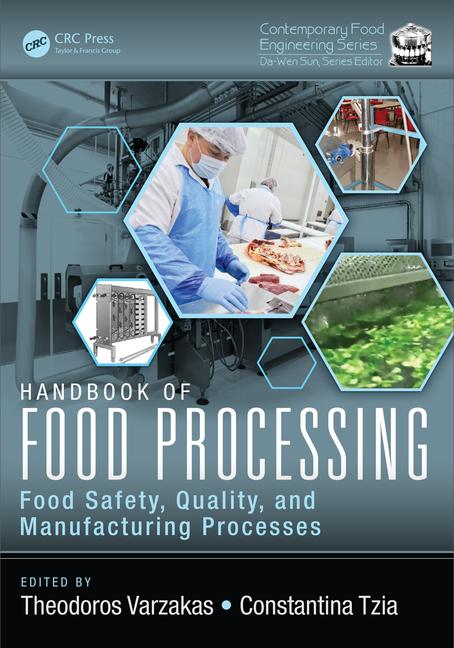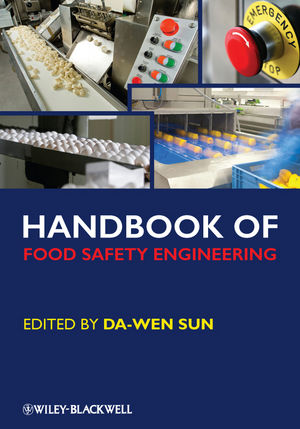Researchers Analyze Industry Responses to Emerging Patchwork of State-by-State Food Laws

Image credit: denamorado via Freepik
Researchers from the University of Illinois Urbana-Champaign’s Department of Agricultural and Consumer Economics (UI’s ACE) have developed a model that characterizes how food businesses are responding to the emerging patchwork of state regulations on food additives, product labeling, and manufacturing practices. Published in the Journal of Food Distribution Research, the study was authored by ACE assistant professors Maria Kalaitzandonakes, Ph.D. and William Ridley, M.A., M.S., Ph.D.
Food Policy Federalism: An Emerging Patchwork of State-by-State Regulations
In recent years, different U.S. states have been enacting varying laws relevant to the food industry, resulting in a complex patchwork of disparate state regulations to which industry must adapt. For example, in October 2023 and August 2024, respectively, California passed first-of-their-kind bills, the California Food Safety Act and the California School Food Safety Act, prohibiting the manufacture and/or sale of foods containing certain chemical additives and artificial colorants statewide or in public schools. Following California’s precedent, several states have attempted to progress similar bills, with recent successes achieved in Arizona and West Virginia, which passed their own food additives restrictions in April and March 2025, respectively. Aside from food additives legislation, the ACE researchers pointed to Vermont’s 2014 mandatory labeling law for genetically modified (GM) ingredients, California’s 2018 Proposition 12 law regulating animal welfare standards in food production, and Illinois’ 2019 sesame allergen labeling law as examples of other state legislation affecting the food industry.
To better understand how this food regulatory federalism—defined by the authors as “the rights and responsibilities of individual states to enact and enforce policy”—is influencing food manufacturers’ decision-making, the ACE researchers developed a conceptual framework to systematically analyze and characterize industry responses to disparate state-by-state regulations. The researchers used this framework to evaluate three policy examples—Vermont’s GM labeling law, the California Food Safety Act, and Illinois’ Sesame labeling law—illustrating the real-world responses of food firms to heterogenous food policy across the U.S.
How Food Businesses are Responding to Disparate State-Level Food Laws
The researchers identified four approaches that food manufacturers have chosen in response to the emerging state-by-state patchwork of food regulations:
- Changing the product to comply with the strictest standard currently enacted by any U.S. state
- Maintaining two separate versions of the product: one that complies with strict state-level regulations and one that is sold to the rest of the country
- Removing the product from states with unique, strict regulations while continuing to sell the product to the rest of the U.S. market
- Ignoring disparate state regulations altogether and continuing to sell the original product throughout the U.S. with the potential for legal ramifications.
Which response a firm chooses depends on factors like the cost of compliance, the size of the market of the relevant state(s) with unique regulations, the cost of the penalties for non-compliance, and consequences for consumer demand. By applying their model to three state policy examples, the researchers found:
- In response to Vermont’s GM labeling law: Most firms updated their product to comply with Vermont regulations and sold it across the U.S., but because of the small size of the Vermont market, some businesses chose to stop selling their product in the state, at least until they were able to change their production practices to comply with the law
- In response to Illinois’ sesame allergen labeling law: Some firms chose to ignore the requirement and continue to sell their products in the state as-is, given the minimal penalties for non-compliance
- In response to the California Food Safety Act: Most firms are reformulating products and working toward compliance with the law (which comes into effect in 2027), given the significance of the California market and the costliness of keeping separate production and distribution lines; however, this strategy will become increasingly complicated as more state-level additives restrictions are passed, such as West Virginia’s.
State Policies Can Motivate Federal Actions, but "Do Not Offer Unmitigated Benefits"
Echoing the concerns that have been voiced by critics of the growing food policy federalism in the U.S., author Dr. Ridley stated, “When multiple states legislate on a similar issue but the rules are not harmonized, the complexity is likely to increase dramatically. When state laws differ—for example, in the ingredients covered, the exemptions, and the timelines—this can create additional hurdles and uncertainty for firms trying to comply with the rules.”
However, the passage of disparate state regulations can pressure the federal government to act. For example, following the California Food Safety Act, the U.S. Food and Drug Administration (FDA) revoked its food use authorizations for two additives targeted by the state’s ban; specifically, brominated vegetable oil in July 2024 and red dye 3 in January 2025. Additionally, after Vermont and Illinois passed their own similar laws, Congress passed national mandates on GM food labeling and sesame allergen labeling.
“State regulation can be a powerful motivator for federal regulation,” said author Dr. Kalaitzandonakes. “We’re increasingly seeing advocacy for changes to food regulation at the state level, both to change firm behavior and to drive changes to national regulation.”
In their paper, the authors concluded, “As more states pursue individualistic approaches to regulating the food system, food manufacturers must react to this heterogeneity by choosing among several costly responses in adhering (or not) to the new rules and regulations. While the recent regulations that we discuss have been implemented under the goal of safeguarding the well-being of consumers, the costs borne from adapting to these new policies—particularly when the specifics of the regulations frequently differ across states—implies that these policy actions do not deliver unmitigated benefits.”
Looking for a reprint of this article?
From high-res PDFs to custom plaques, order your copy today!









